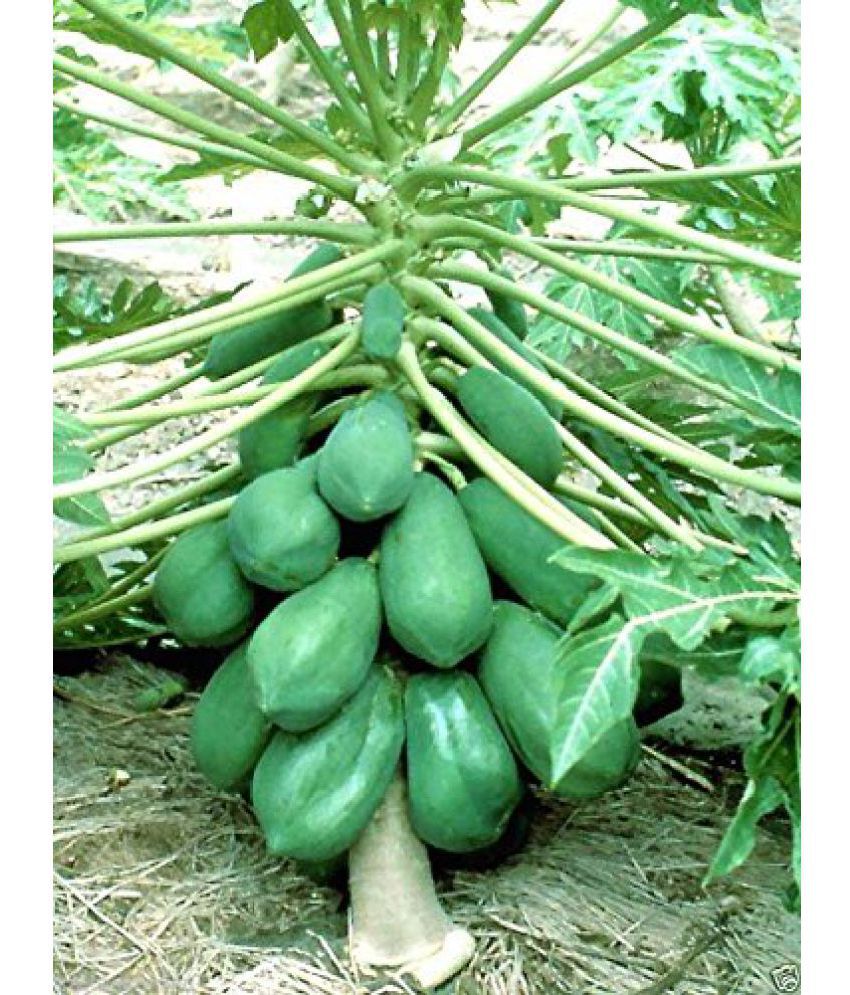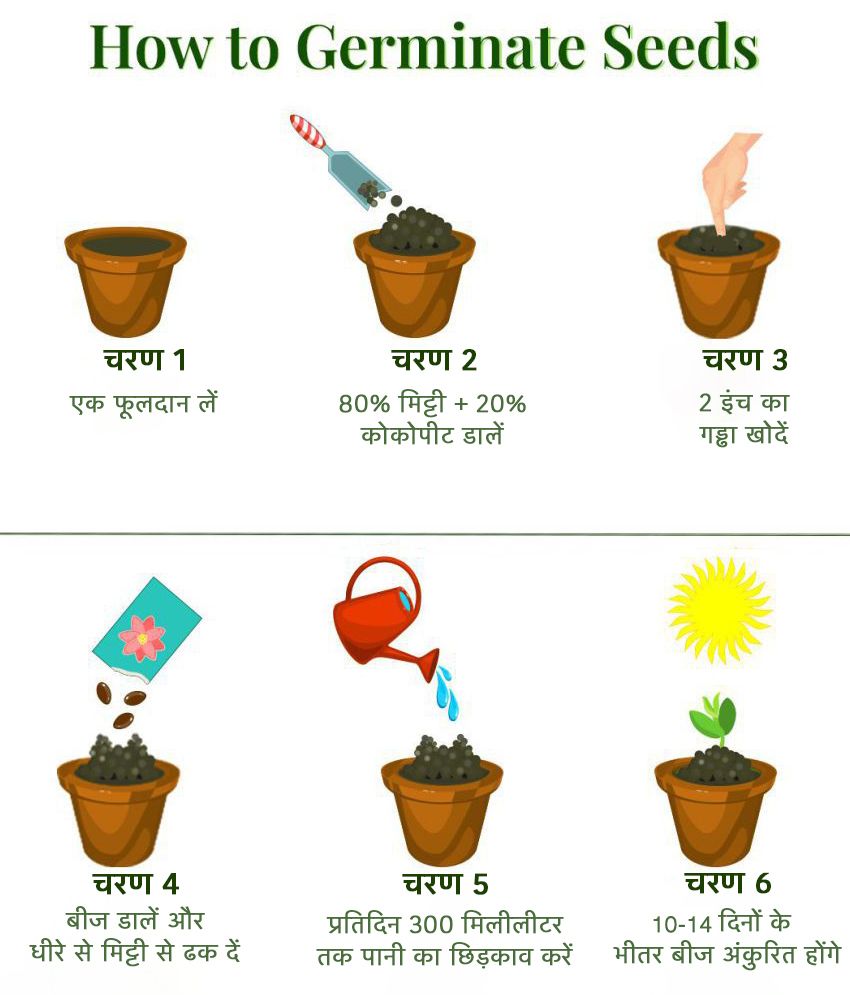How to Grow :
1
Check whether papayas will thrive in your climate. They may be damaged or die if exposed to prolonged frost, and prefer climates that are warm throughout most of the year.Papaya trees do poorly in wet soil. If your climate is rainy, you may plant them on a mound of well draining soil as described further on.
2
Prepare your soil. Choose a nutrient-rich potting mix for tropical plants, or make your own mix out of garden soil and 25–50% compost. As long as the soil drains well, the exact soil texture doesn't matter. Papaya will grow in sandy, loamy, or rocky soils.
-
If you are able to test soil pH or you are choosing between commercial potting mixes, select a soil with a pH between 4.5 and 8. This is a broad range, so it is likely that any soil that successfully grows other plants in your garden has the correct pH for papaya.
-
If you want more of your seeds to germinate, use sterile potting mix. You can make your own by mixing one part vermiculite and one part potting mix, and baking this mixture in the oven at 200 degrees Fahrenheit (93 degrees Celcius) for one hour.
3
Prepare the seeds. You can use seeds scraped out of the center of a papaya fruit, or seeds purchased from a garden center or nursery. Press seeds against the side of a colander to break the sac surrounding the seeds, without breaking the seeds themselves.Rinse thoroughly, then dry in a dark location on a paper towel.
4
Plant seeds. You may plant seeds directly in your garden to avoid the risks of transplanting them later, or you may plant them in pots to have greater control of plant arrangement once you see which ones are sprouting. Poke the seeds into the soil about 1/2 inch (1.25 cm) under the surface and about 2 inches (5 cm) apart from each other.
-
Plant as many seeds as you have room for to increase the odds of both male and female plants sprouting; you can remove the weaker plants later on. There is no feasible way to tell whether a plant is male, female, or hermaphroditic before planting.
5
Water the soil moderately well. Water thoroughly after planting, but do not soak to the point that standing water forms on the soil. Monitor the moisture over the next few weeks and water as necessary, keeping the soil slightly damp, but not soggy.
6
Determine which seedlings to keep. Approximately two to five weeks after planting, some of the seeds will germinate, and emerge through the soil surface as seedlings. After giving them a week or two to grow, pull out or cut the smallest seedlings, along with any seedlings that appear withered, spotted, or otherwise unhealthy.Cut plants until you have only one plant per pot, or the seedlings are at least three feet (0.9m) apart. Keep at least five plants for now for a 96% chance or higher to produce both male and female trees.
-
Once you've chosen your most successful plants, move on to the section on planting, if transplanting to your garden, or the section on general care otherwise.
7
Once plants are flowering, remove excess male plants. If you still have more plants than you want to end up with, wait until the plants are about 3 feet (0.9 m) tall to see what sex each plant is. The male plants should flower first, producing long, thin stalks with several flowers. Female flowers are larger and near the trunk. In order to produce fruit, you only need one male plant for every ten to fifteen females; the rest can be removed.
-
Some papaya plants are hermaphroditic, meaning they produce both male and female flowers. These plants can pollinate themselves.
![]()
![]()
![]()
![]()
![]()
![]()
![]()



